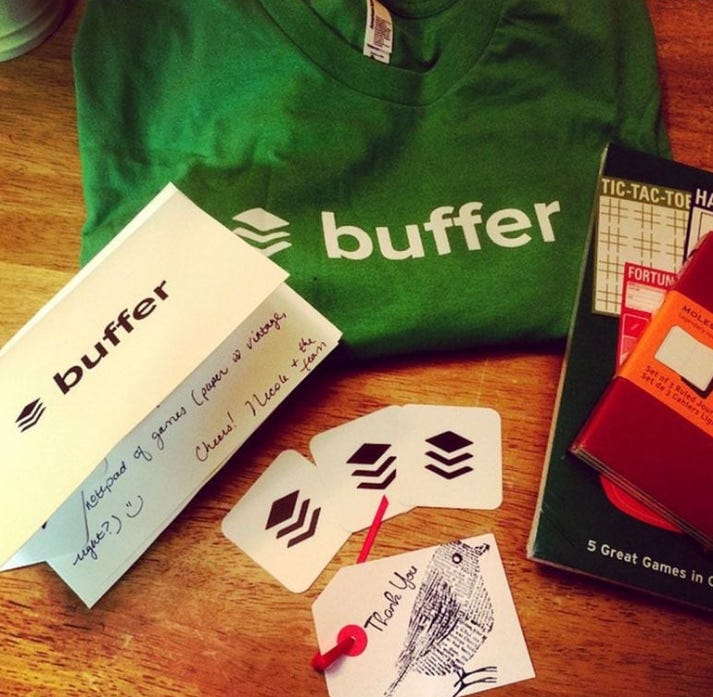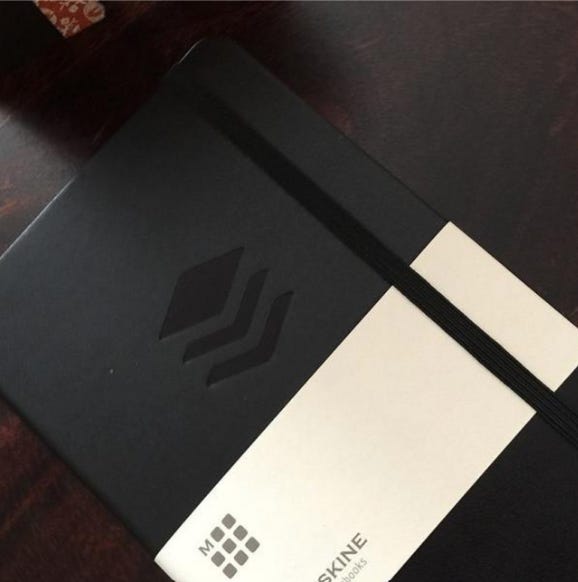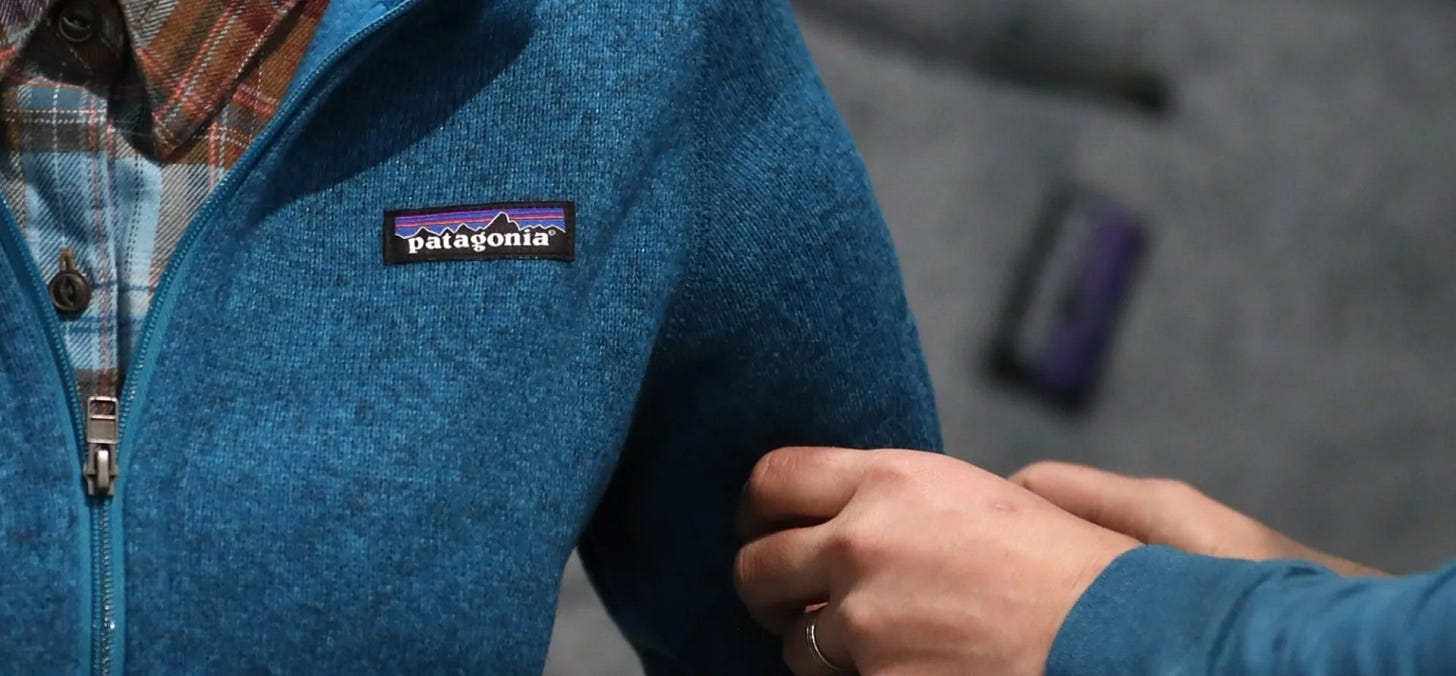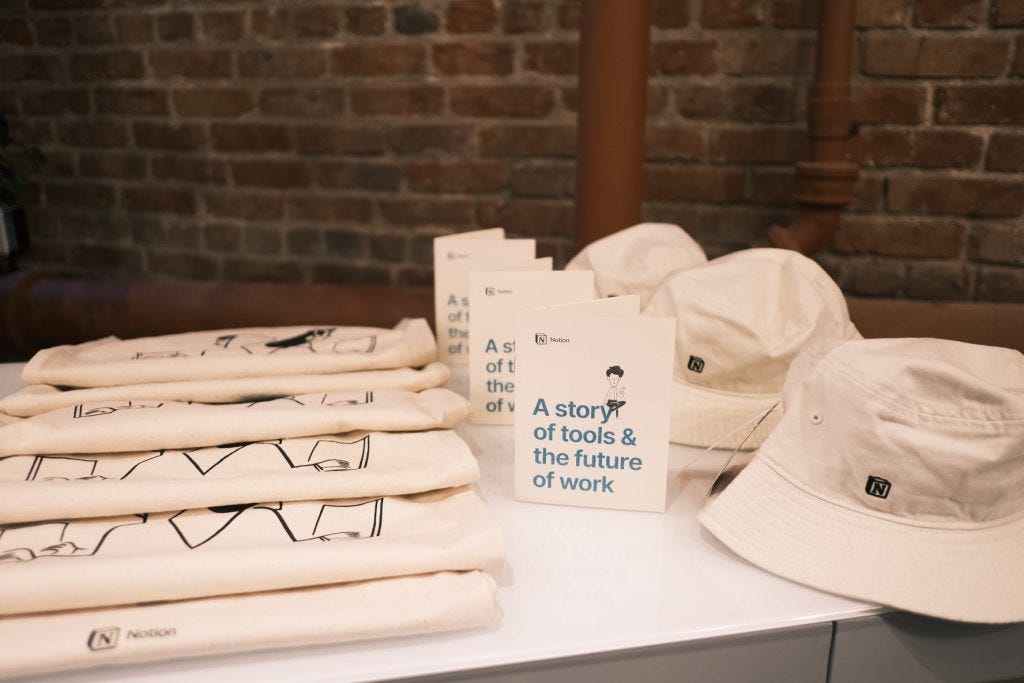Branded hoodies that say "We're Family" while employees burn out. Motivational mugs that mock the very values they're supposed to represent. That's why promotional products end up in landfills within six months.
Companies that crack the culture code don't treat merch as decoration. They treat it as documentation.
The Patagonia Principle: Values You Can Wear
Patagonia doesn't just talk about environmental responsibility. Every piece they create proves it. Their employee fleeces? Made from recycled bottles. The message isn't subtle, it's woven into the fabric.
Result: 4% annual turnover (industry average: 13%). Employees don't just work there. They evangelize.
The lesson? Your merch should scream your values, not advertising for them.
Buffer's Remote Reality Check
When Buffer went fully remote in 2020, they faced a problem: how do you maintain culture when your team spans 15 time zones?
Their solution wasn't a Zoom background. It was a carefully curated "Remote Toolkit" shipped to every team member. Custotebooks designed for asynchronous collaboration. Ergonomic accessories for home office setup. Local coffee shop gift cards to encourage "working together, apart."
The twist: everything included QR codes linking to video messages from colleagues explaining why each item mattered to their remote culture.
Result: Employee satisfaction scores increased 23% during their first year fully remote. Retention hit 96%.


Notion's Ambassador Army: Turning Users Into Evangelists
Notion faced a classic SaaS problem: how do you scale word-of-mouth marketing when your product is complex and your audience is global?
Their solution was the Ambassador Program with carefully curated welcome kits sent to power users worldwide. Custom holographic stickers, premium notebooks designed for Notion workflows, branded desk accessories, and exclusive templates printed as physical cards.
The genius was in making ambassadors feel like insiders. Each kit included "secret" Notion features, early access codes, and handwritten notes from team members. Recipients felt chosen, not marketed to.
The unboxing became a ritual. Ambassadors shared photos across Twitter, LinkedIn, and TikTok with genuine excitement. The stickers became status symbols in tech circles - spotted on laptops at conferences worldwide.
Result: Ambassador-driven referrals increased 156% within six months. Community engagement jumped 89%. More importantly, customer retention for ambassador-referred users hit 94%.
What Doesn't Work
Before you get excited, let's talk about what fails:
Generic motivational posters with company logos slapped on them.
"Culture" apparel that screams corporate marketing department.
Expensive gifts that feel like guilt for poor leadership.
The companies above succeeded because their merch told specific stories about specific values. It wasn't decoration. It was showmanship.
The Three-Question Framework
Before creating culture merch, ask:
What value does this prove? (Not promote, prove)
What story does this tell about our people? (Not our brand)
How does this create connection? (Not just awareness)
If you can't answer all three, you're making expensive corporate gifts, not culture tools.
The Bottom Line
Culture merch that works isn't about your company. It's about your people and the specific ways they live your values.
The moment you start slapping logos on generic items and calling it "culture building," you've missed the point entirely.
What's the most effective piece of culture merch you've seen?
P.S. Last month, a startup CEO told me their biggest culture challenge wasn't values. It was helping remote employees feel the values in action. That conversation sparked this entire piece. Sometimes the best insights come from the hardest problems.



